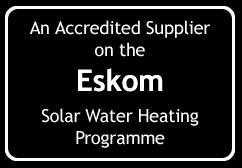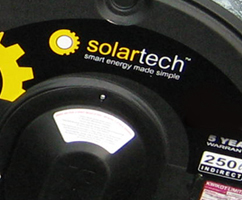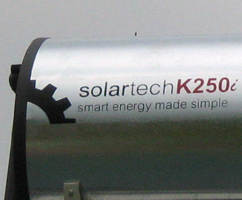

January 19th 2010A common misunderstanding in the solar water heater (SWH) market leads many consumers to believe that all direct solar water heating systems are bound to freeze up and suffer damage if installed in regions where the temperature drops below freezing. Gauteng Solar Solutions proprietor Dr John Ledger reassures that this is not the case at all. ?It is a fact that many direct systems are not freeze tolerant, but the common misconception is that freezing will damage all direct systems. Our direct flat plate SWH, the On-Sun system, is freeze resistant in extremely cold temperatures and is actually based on controlled freezing,? he explains. Solar water heating systems manufacturer Willi?s Energy Savers owner Willi Suremann says that one of the first direct SWH panels on the South African market was the stainless steel Van Leer absorber. ?Many of these panels were installed in the 1980s in the some of the coldest regions of Southern Africa and the Lesotho mountains and, even now, in 2010, they are still working,? he says. Suremann developed and patented the On-Sun direct system, which has been in operation for about 20 years in the Free State, the Karoo, the Northern Cape and Lesotho, where temperatures can reach as low as ?15º. He says that direct and indirect systems each come with their advantages and disadvantages. The On-Sun direct systems are efficient because water heated in the solar panels rises directly into the tank; they are of simpler construction than indirect systems and require little or no maintenance. Indirect systems do not accumulate sediment in the solar collector, and mild steel or several other metal types can be used in their construction, as long as the collector fluid is in good condition. Regular servicing of indirect systems is essential. Other direct SWHs that are essentially resistant to subzero temperatures include some evacuated-tube systems and batch type, or integral, systems.
Source: Engineering News |




